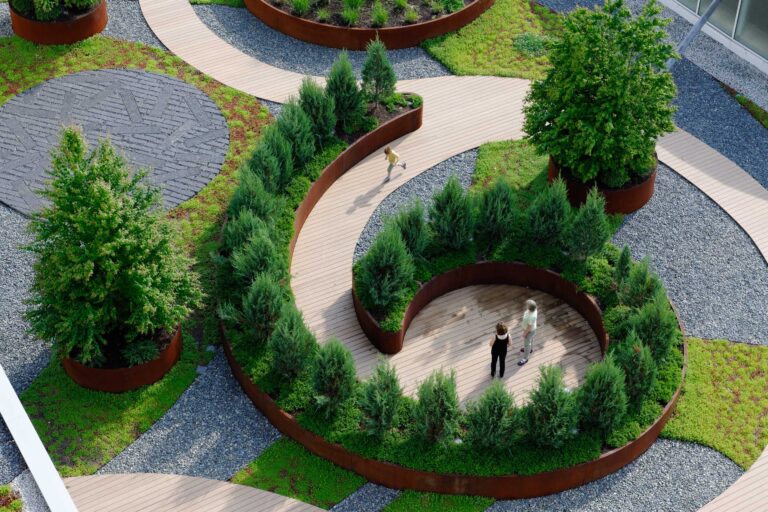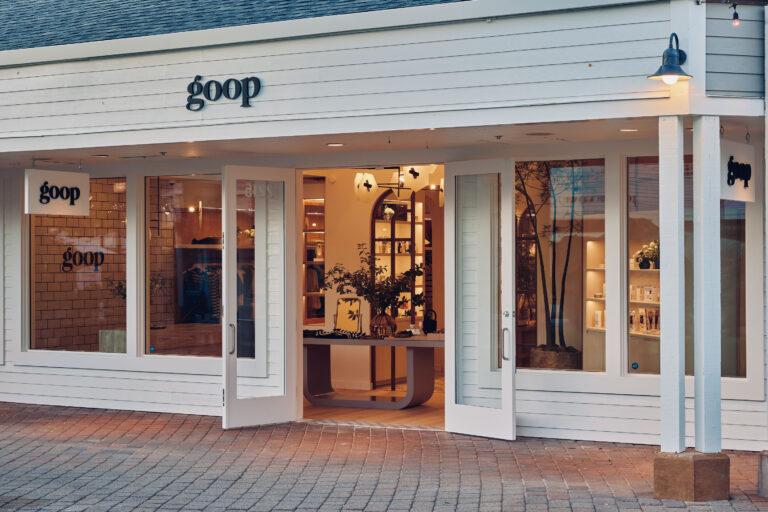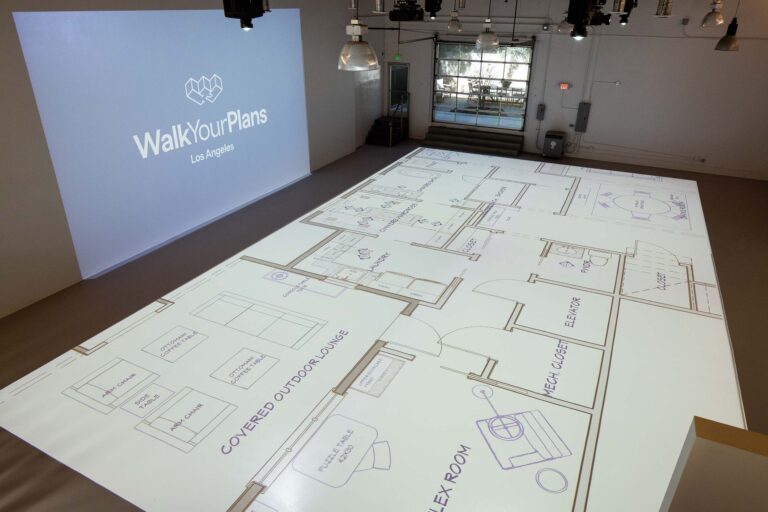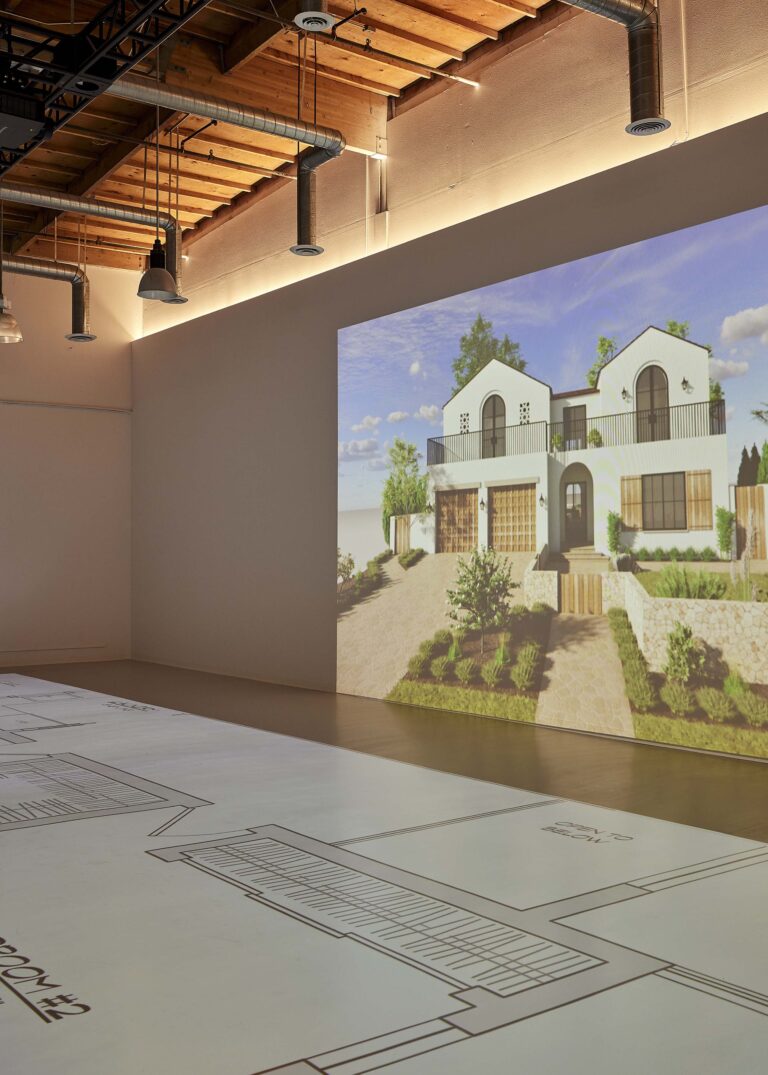
Drought-friendly landscapes come home
Severely droughted California is making way for more water measures. Earlier this year, Governor Jerry Brown issued executive orders that furthered water-use restrictions across the state.
The aim of B-37-16? “Making Water Conservation a California Way of Life.”
While many Californians have followed restrictions related to water run-off and lawn watering, for example, homeowners instinctively crave ways to further support the issue. Hence, the trend toward drought-resistant landscapes. Watering a lush green lawn with bountiful floral blooms takes an economic and environmentally irresponsible toll; therefore, residential and landscape designers are finding new ways to create gorgeous landscapes that aren’t as great a drain on what is a significant water problem.
Countless options exist for creating an environmentally-friendly landscape: filling flower pots and flower beds with plants requiring minimal water intake, like lavender, various sages and oregano help the bottom line.
Meanwhile, pairing plants that require similar amounts of water improve the success and longevity of a garden. Furthermore, shrubs, evergreens, grasses and foliage plants add interest and texture to a landscape requiring little water use, like Japanese Bloodgrass, for instance.
“In landscape design, the trend right now is a modern, contemporary aesthetic,” states Cathy Clous of Cathy Clous Landscape Design in Redondo Beach. “This look is easily achieved with mass plantings of a few limited plant species. I like to use ornamental grasses and succulents together; it’s the Yin & Yang of soft breezy grasses and the sculptural form of the succulents. Then, complete the look by adding something like Boxwood for structure and contrast.”
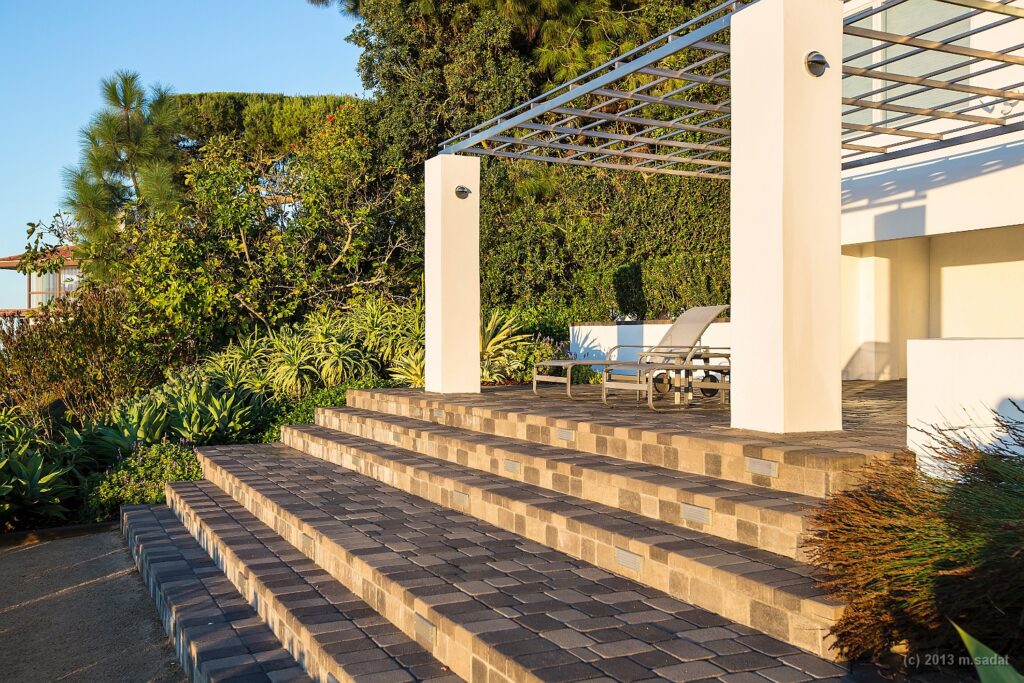
Taking the lawn out of the equation and replacing it with living spaces is also a solution. Creating luxurious outdoor living spaces in place of grassy manicured backyards consume large spaces that normally need watering.
“Creating an outdoor living space is the best solution for an environmentally friendly landscape while maximizing your room to enjoy the lovely Southern California weather,” explains Cathy Clous. “Additionally, when implementing a gravel base instead of a water-thirsty grass lawn beneath the living space, the need for water and mowing is basically eliminated.”
Cathy Clous also suggests adding a hardscape feature such as sculptures, pavers or decompressed granite that take up space and add drama to a landscape. Likewise, lovely paver pathways lined with ornamental grasses add color without overwatering. Uniquely, a water feature that captures and recycles H2O makes for a dream-like setting without excessive usage, especially when placed in a shaded area to minimize evaporation.
Despite the vast array of options that exist to dress up a residential landscape, one must stay mindful. The key is to create a ‘scape that best fits the style of a particular space; coupled, of course, with some smart planning to achieve the ultimate drought-resistant oasis.
Photography Courtesy of Mehrdad Sadat
